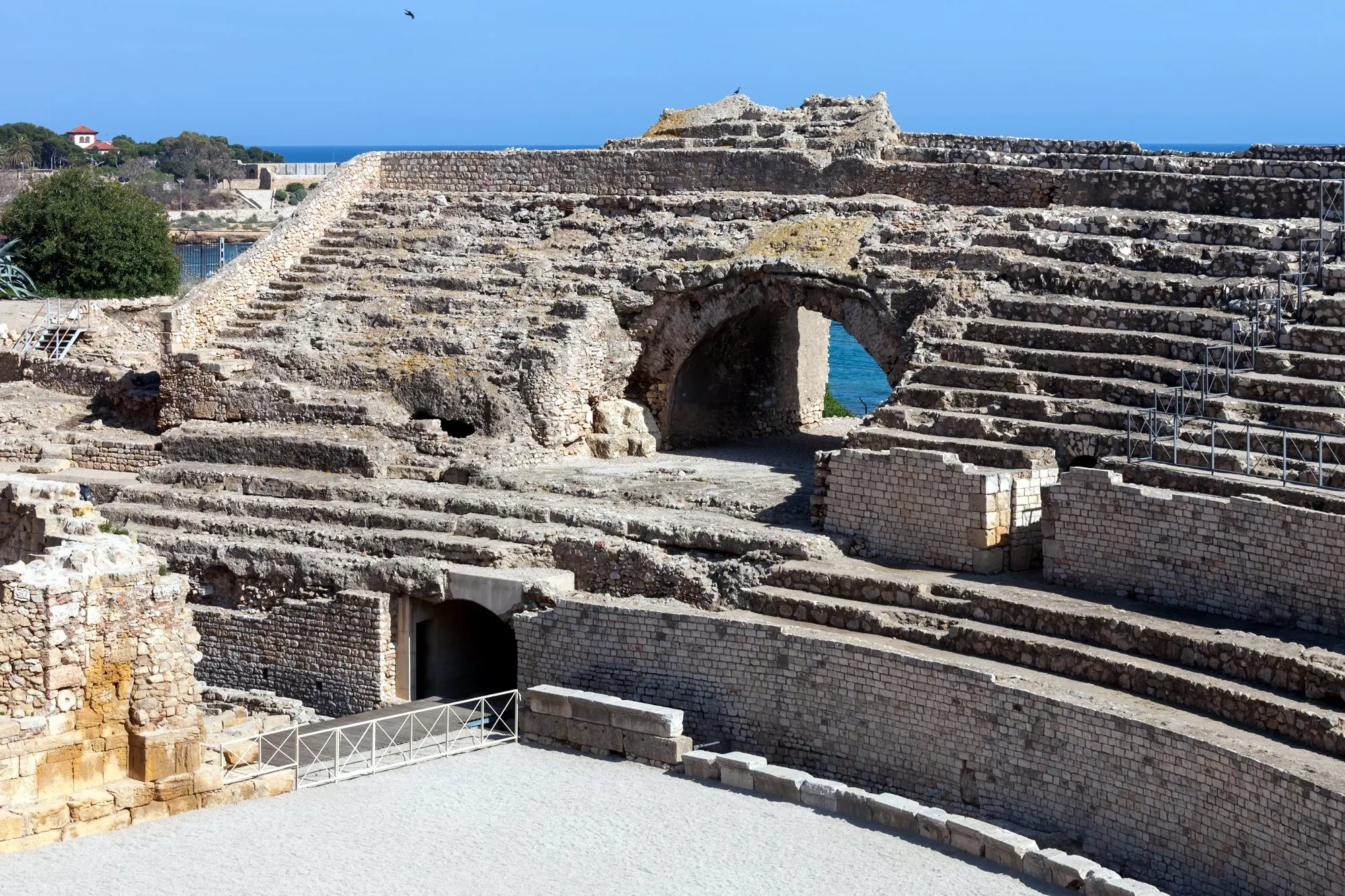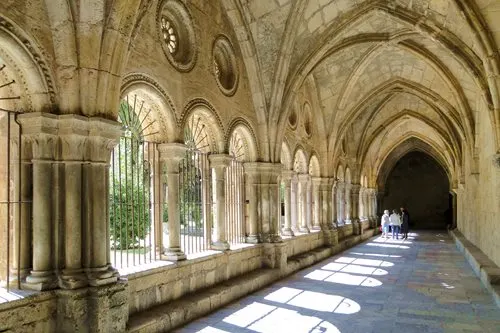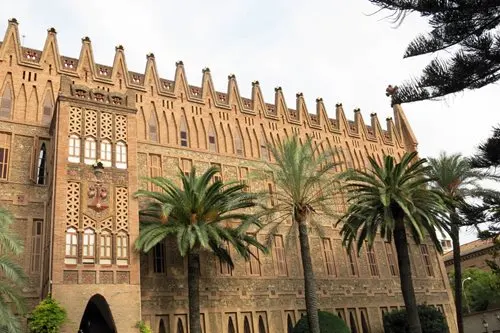
Cookie settings
We use our own and third-party cookies in order to offer our services, display videos, obtain statistics and offer personalized advertising.
For more information, please read our cookies policy.

The amphitheatre was used for Entertainment, including fights between wild beast and gladiators and publics executions.
Tarraco´s amphitheatre was built at the turn of the 2nd century A.D. and underwent alterations in 221 A.D., as recorded in the 140-metre inscription that crowns the podium, the longest such inscription in the empire.
Today, a heavily eroded section of the stands carved directly into the rock survives, as doeas a section of the southern stands, supported by concrete vaults. The amphitheatre was also the site of the martyrdom of Saint Fructuosus and his deacons in 259 A.D. To commemorate the event, a Visigoth basilica was built on the site at the turn of the 7th century, over which the medieval church of Santa María del Miracle was subsequently established.
Built: 2nd Century A.D.
Author: Anónimo
Style: Roman Classic
Category: Civil
Type: Amphitheatre
Address and telephone
Opening times
Prices
If you see any mistakes or want to add anything to this information, please contact us.



Book your hotel